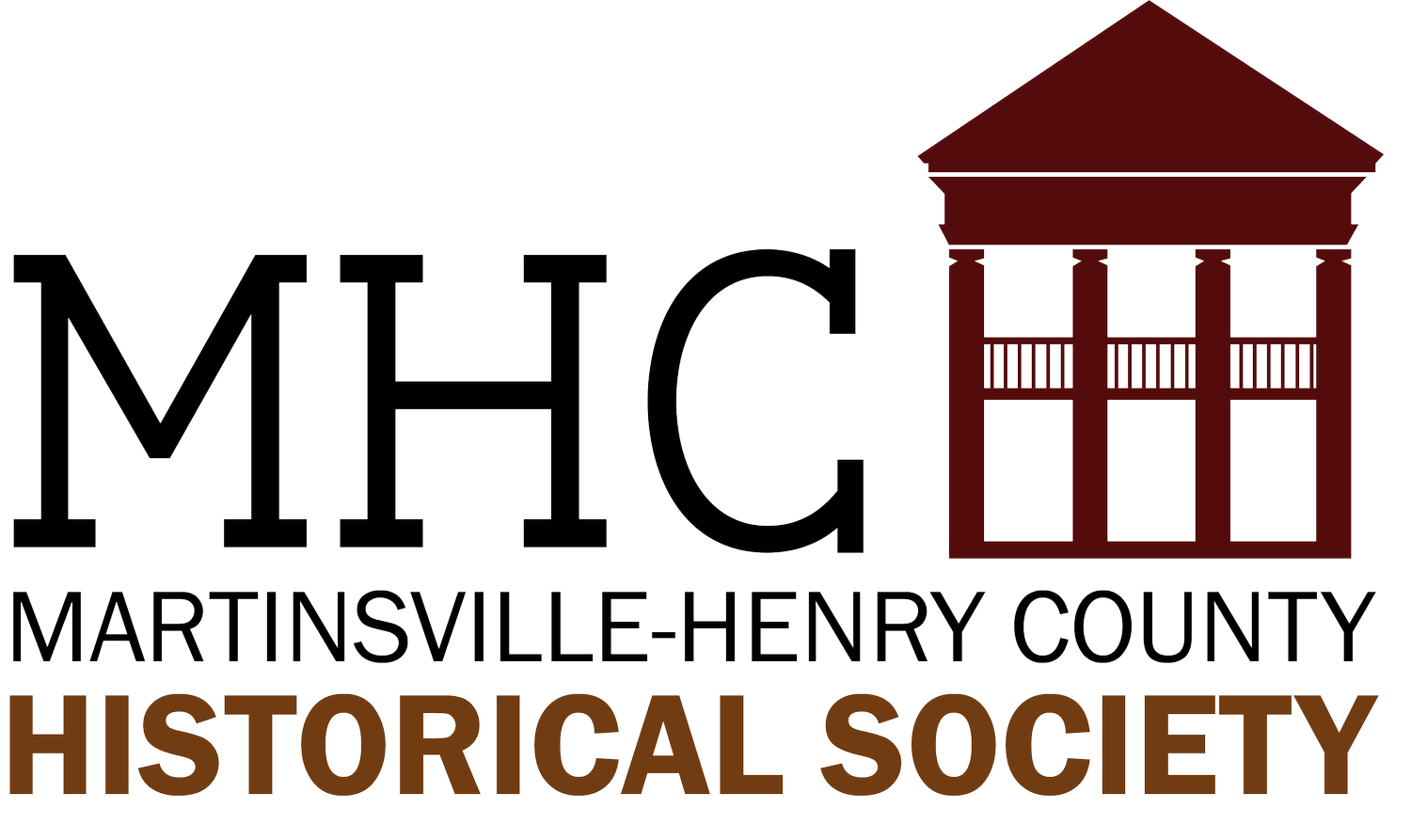Gen. Joseph Martin 1740 – 1808
Whatever the reason, General Joseph Martin has been undeservedly forgotten, and as an act of historical justice I am appealed to write this sketch of him to re-emphasize the importance of his career on the Virginia-Carolina border and in the early emigration to Kentucky.
He was the sort of figure out of which border heroes are made. In youth he was a daring adventurer. In the evolution and development of American character, the difficulties incidental to colonial life, the struggle with the wilderness and with the savage environment produced a type of men whose best examples are to be found in the Indian fighter and back-woodsman of the seventeenth and eighteenth centuries.
First General Officer Appointed from Henry County, Virginia.
Explored Powell’s Valley as early as 1761 before establishing a fort.
The history of his whole life indicates that his character commanded the esteem and confidence of whites and Indians alike.
During the Shawnee War of 1774, Lord Dunmore commissioned Joseph Martin as Captain of the Pittsylvania Militia, later appointed him to command the Virginia scouts.
1775, built Revolutionary Fort, Martins Station near Cumberland Gap in Powell’s Valley.
General Martin’s greatest achievement was the pacification of the Indians during the time the British General Cornwallis was overrunning Georgia and South Carolina, which finally enabled the frontiersmen to give General Cornwallis a blow at Kings Mountain from which he never recovered. Colonel Ferguson was killed during this battle. That was a critical event in the Revolution. In Professor Steven B. Week’s opinion, it entitled General Martin to be enrolled among “the heroes of 1776.”
November 3, 1777, Governor Patrick Henry commissioned him as Agent and Superintendent of Indian Affairs for the State of Virginia, a position which he continued to occupy until 1789.
In March, 1781, Martin was made a lieutenant colonel of the Washington militia.
May 17, 1783, he was commissioned Indian Agent of North Carolina.
In 1788 General Martin severed his connection with the Powell Valley settlement by selling all his 25,000 acres in the area of today’s Lee County, Virginia.
1784 thru 1787 he was a member from Sullivan County of the North Carolina legislature.
December 15, 1787, appointed by Governor Caswell, brigadier general of Militia of North Carolina. This made him head of the military organization in Tennessee.
As a result of General Martin intervention with John Sevier, he brought the difficult State of Franklin to a successful conclusion and on April 17, 1788, was able to write to Governor Randolph, “I am happy to inform your Excellency that the late unhappy dispute between the State of North Carolina and the pretended State of Franklin is subsided.”
In June, 1788, in an emergency, he was appointed by Congress, Agent to the Cherokee Nation and in August, Agent to the Chickasaws.
December 11, 1793, he was commissioned, by Governor Henry Lee of Virginia, brigadier general of the Virginia Militia.
Martin was at the Hillsboro convention in 1788, when the adoption of the Federal Constitution was voted on for immediate ratification which was adopted in 1789.
Indian fighter and Indian friend, warrior and peace-maker, border leader and Virginia planter, statesman and man of affairs, advocate and arbitrator, he was a remarkable and admirable combination. General Joseph Martin was the most important influence in maintaining peaceful relations with the Indians from the beginning to the completion of the early settlements of the Southwestern border. From 1775 to 1790 he, of all men, held the Indians there in restraint. It was the greatest service that could be performed for the people of that territory and gives him valid claim to be regarded as one of the most important, if not the most important, figure in its history. General Joseph Martin deserves to be remembered.
By: Colonel Joseph Martin
G, G, G, G Grandson of General Joseph Martin
June 16, 2008
*Some information extracted from the Filson Club Historical Quarterly and comments made by Professor Stephen B. Weeks and Dr. Lyman C. Draper
